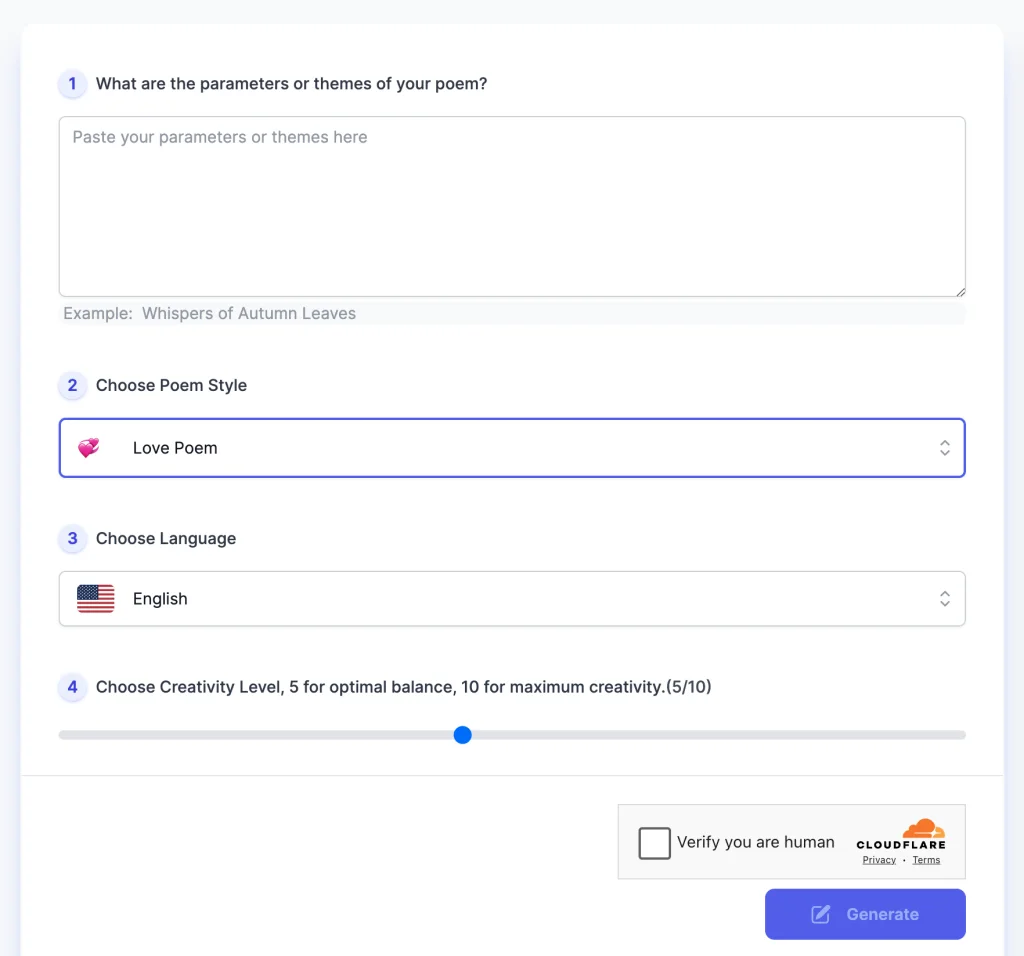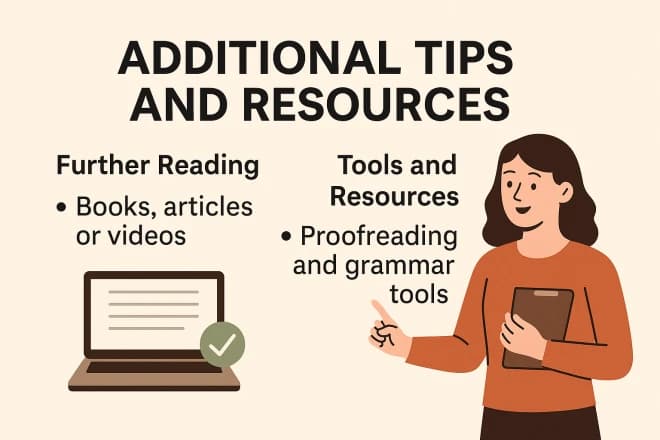Unlock Insights: Find the Answers You Seek on Our Blog
Unlock Your Heart: A Step-by-Step Guide to Writing Sad Poems for Healing”
By Evelyn Sterling
Sad poems are a powerful expression of our deepest sorrows, offering comfort by revealing shared experiences of pain and melancholy. This blog post explores how these poignant verses can heal and inspire, guiding you through writing and understanding sad poetry to find solace and emotional release.
Finding Resonance in Sad Poems
Understand how sad poetry, through its timeless expression of loss, despair, and longing, connects us deeply to human emotions. Learn from the poignant works of Sylvia Plath, W.H. Auden, and Emily Dickinson, and discover tips to resonate with these powerful verses, enhancing your emotional and reflective journey.
To truly connect with sad poetry, it’s essential to approach it with openness and sensitivity. Here are some tips to deeply engage with the emotions and experiences conveyed in the poems:
- Read Slowly: Take your time to absorb the words, phrases, and images. Poetry often uses language in dense and layered ways, so it’s important to read slowly to appreciate the nuances.
- Read Aloud: Hearing the poem can bring out the rhythm, tone, and musicality of the language, enhancing its emotional impact.
- Reflect: After reading, take a moment to reflect on the poem and how it resonates with your own feelings and experiences. Consider keeping a journal to write down your thoughts and emotions in response to the poems.
- Research the Context: Understanding the poet’s life and the historical context in which the poem was written can add depth to your understanding of the text and its emotions.
- Revisit: Return to the poem after some time has passed. You may discover new meanings or emotions as your own perspective and life experiences evolve.
Engaging with sad poetry in these ways can lead to a profound sense of connection and understanding, as the words on the page reflect the shared human experience of suffering and healing.
Emotional Release Through Writing Sad Poetry
Writing sad poetry can be a deeply therapeutic process, offering a form of emotional catharsis that allows individuals to process and articulate their feelings in a constructive and meaningful way. The act of transforming raw emotions into words provides not only a release but also a way to understand and make peace with one’s inner turmoil. This process can be particularly healing, as it enables poets to confront their feelings directly, often leading to a sense of relief and clarity.
Consider the following guidance:
- Draw from Personal Experience: Begin by reflecting on your own experiences and emotions. Think about moments of sadness, loss, or longing that have impacted you deeply. Writing from a place of authenticity will imbue your poetry with raw emotion and depth.
- Embrace Your Emotions: Allow yourself to feel your emotions fully, without judgment or censorship. Embracing your vulnerability can lead to more powerful and resonant poetry.
- Find Your Voice: Experiment with different styles and forms of poetry to find what best expresses your feelings. Whether it’s free verse, sonnets, or haikus, the right form can help shape your emotional expression.
- Use Imagery and Metaphors: Employ imagery and metaphors to convey your emotions in a nuanced and impactful way. These literary devices can help to illustrate your feelings, making them more relatable and vivid to the reader.
- Don’t Aim for Perfection: The goal of writing sad poetry is to express and process your emotions, not to create a perfect piece of literature. Focus on the emotional truth of your experience rather than getting every word or rhyme perfect.
- Share if Comfortable: Sharing your poetry can be a way to connect with others and validate your feelings. However, this should be done at your own pace and comfort level, recognizing that the primary purpose of this writing is personal healing and expression.
By writing sad poetry, individuals can find a powerful outlet for their emotions, leading to a greater understanding of themselves and their experiences. This process not only contributes to personal healing but also creates a space for authentic self-expression, where the rawness of human emotion can be explored and celebrated.
Writing Template for Sad Poetry
To help you start writing your own sad poem, here’s a simple template to guide your thoughts and structure:
- Title: Reflect the emotion or theme of your poem.
- Opening Line: Set the scene or introduce the mood. (e.g., “In the silent echoes of the night, I find…”)
- Middle Verses: Dive into the heart of your emotion, using sensory details and personal reflections.
- Closing Line: Leave the reader with a lingering thought or feeling that summarizes the essence of your poem.
Guided Questions for Emotional Exploration
- What is a memory that always brings tears to your eyes?
- Describe a moment when you felt alone in a crowd.
- Think of a loss you’ve experienced; what color does that sadness have?
Drawing Creative Inspiration from Sad Poems
Sad poetry, with its deep emotional undercurrents and poignant themes, can be a wellspring of inspiration for poets and writers. The exploration of loss, grief, and longing in these works not only resonates with readers but also offers rich material for creative exploration. By studying sad poems, writers can glean insights into the human condition, learning how to craft narratives that speak to the core of our shared experiences.
Historical poets like Edgar Allan Poe, Langston Hughes, and Elizabeth Barrett Browning have harnessed their personal grief and transformed it into literary masterpieces. Poe’s “The Raven,” for instance, reflects his struggle with loss and despair, using a melancholic narrative and dark imagery to captivate the reader. Hughes, in his poem “Mother to Son,” beautifully encapsulates the theme of perseverance in the face of hardship, drawing from the African American experience and personal struggle. Barrett Browning’s sonnets delve into deep love and loss, showcasing how personal sorrow can be transformed into universal expressions of emotion.
To draw inspiration from sad poetry for creative writing, consider these exercises:
- Thematic Exploration: Select a theme from a sad poem that resonates with you, such as loss, abandonment, or unrequited love. Write a short story, poem, or essay exploring this theme from your own perspective or imagination.
- Mood Mimicry: Try to capture the mood of a sad poem you admire. Reflect on the elements that contribute to its atmosphere—word choice, imagery, rhythm—and incorporate these into your own writing to evoke similar feelings.
- Character Creation: Use a sad poem as a basis for developing a character in your writing. Consider how the emotions and experiences in the poem could shape a character’s backstory, motivations, or actions.
- Setting the Scene: Write a scene or narrative inspired by the imagery in a sad poem. For example, if a poem describes a desolate winter landscape, use this setting to frame a narrative or scene that complements the mood and themes of the original poem.
- Personal Reflection: Write a response to a sad poem that speaks to you, either in the form of a letter, a diary entry, or a reflective essay. This exercise can help you connect more deeply with the poem and understand how it resonates with your own experiences.
By engaging with sad poetry in these ways, writers can deepen their understanding of emotional expression and narrative construction, enhancing their ability to create works that resonate with authenticity and emotional depth.
Creative Writing Exercise
Inspired by a sad poem you admire, try this exercise to develop your own piece:
- Select a Line: Choose a line from the poem that particularly moves you.
- Character Development: Imagine a character who might say this line. What is their story?
- Scene Setting: Place this character in a setting that complements the mood of the line.
- Narrative Creation: Write a short narrative or scene where your character expresses the chosen line, weaving in the themes and emotions of the original poem.
Emotion Word Bank
To enhance the emotional depth of your writing, here’s a word bank of emotions that can help you specify and express feelings in your poems:
- Melancholy
- Bereft
- Nostalgic
- Anguished
- Forlorn
- Heartbroken
- Wistful
By integrating these templates, guided questions, exercises, and resources into the blog, readers are not only informed about the power and process of writing and understanding sad poetry but are also equipped with practical tools to actively engage in their own creative and emotional expression.
Utilizing AI Poem Generator to Create Sad Poems
AI poem generator represents a fascinating tool for creating sad poems, offering a blend of computational intelligence and artistic expression. This generator use algorithms to craft verses based on patterns found in a vast database of existing poetry, enabling users to experience the art of poetry creation from a new perspective.
How AI Can Enhance the Poetry Writing Experience:
- Inspiration Source: AI-generated poems can serve as a starting point or inspiration for your own writing, providing ideas for themes, words, or styles that you may not have considered.
- Collaborative Creation: Think of AI as a co-writer. You can refine, edit, or expand on the verses it generates, blending your emotional insight with the AI’s linguistic capabilities.
- Understanding Poetry Mechanics: Engaging with AI poetry can help you learn about poetic forms, structures, and vocabulary, enhancing your own poetic skills.
Steps to Create Sad Poems Using an AI Generator:
Steps to Create Sad Poems Using an AI Generator:
- Choose a Theme: Start by selecting a theme or emotion for your poem, like loss, longing, or grief, to guide the AI in generating relevant content.
- Set Parameters: Some AI generator allows you to set parameters such as style, or Creativity Level . Adjust these settings to suit the type of poem you wish to create.
- Generate and Reflect: Once the AI produces a poem, read it carefully. Reflect on how it resonates with your feelings and experiences.
- Edit and Personalize: Use the AI-generated poem as a draft. Edit and add your personal touch to infuse the poem with your unique voice and emotional depth.
Resources
For those interested in delving deeper into the world of sad poetry and enhancing their writing skills, here is a curated list of resources ranging from literature to online platforms where you can explore, learn, and connect with other poetry enthusiasts.
Books:
- “The Oxford Book of English Verse”: A comprehensive anthology that includes some of the most poignant sad poems from different eras.
- “No Matter the Wreckage” by Sarah Kay: A collection of contemporary poetry that navigates through themes of love, loss, and identity.
- “The Art of Losing: Poems of Grief and Healing” by Kevin Young: This anthology brings together a wide range of sad poems that explore the process of grieving and healing.
Websites:
- Poetry Foundation (poetryfoundation.org): Offers a vast collection of poems from various genres, including sad poetry, with detailed analysis and biographies of poets.
- Poets.org from the Academy of American Poets (poets.org): A great resource for finding poems, poet biographies, and writing tips.
- Hello Poetry (hellopoetry.com): A community-driven site where you can read, publish, and discuss poems with a global audience.
Online Communities:
- r/Poetry on Reddit (reddit.com/r/poetry): A subreddit dedicated to sharing and discussing poetry of all types, including sad poems.
- All Poetry (allpoetry.com): One of the largest online poetry communities, where you can share your work, get feedback, and participate in contests.
- WritersCafe.org (writerscafe.org): An online writing community where you can post your poems, get reviews, and connect with other writers.
AI Tools Categories
Browse all AI tools by category
All AI Tools
229Amazon
5AI Writing Generator
85Article & Content Writing
35Branding & Identity
54Content Generation
170Creative Ideas
32Educational Resources
34E-commerce
14Etsy
6Events & Celebrations
13Facebook
6Gaming & Fun
5Instagram
3Lifestyle & Personal
8LinkedIn
6Marketing & SEO
40Poem & Lyrics Writing
19Professional Documents
31Social Media
44Story & Book Writing
49Text Effects
14TikTok
7Twitter
3Writing Enhancement
36YouTube
11
Highly rated and most popular AI tools curated by our experts
Recently added AI tools that are gaining traction
- AI Post Generator

- AI Bullet Point Generator

- AI Discussion Post Generator

- AI 2 Weeks Notice Letter Generator

- AI Content Creation Ideas Generator

- AI Radio Ad Script Generator

- AI Podcast Script Generator

- AI Resume Objective Generator

- AI Resume Headline Generator

- AI Password Generator

- AI Snapchat Caption Generator

- AI Snapchat Username Generator

- AI Pinterest Board Name Generator

- AI LinkedIn Experience Description Generator

- AI Twitter Hashtag Generator

- AI YouTube Short Idea Generator

we prioritize displaying the latest content closely related to the current blog post.








